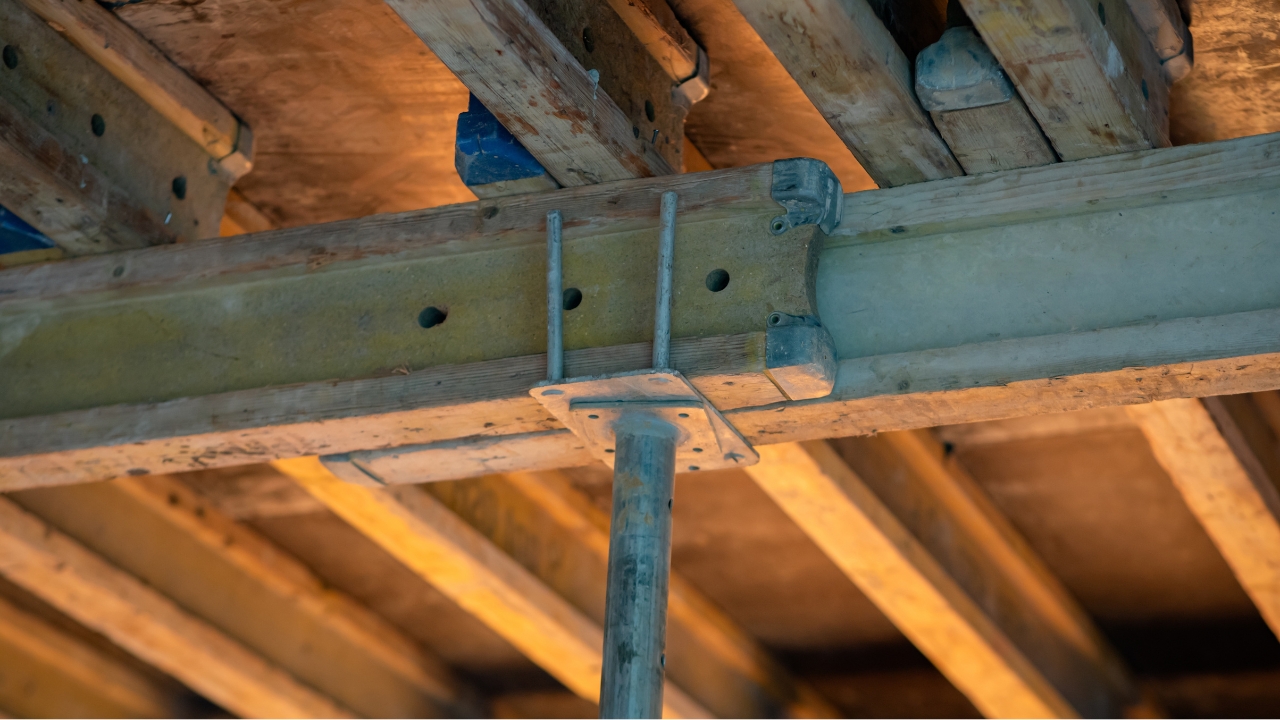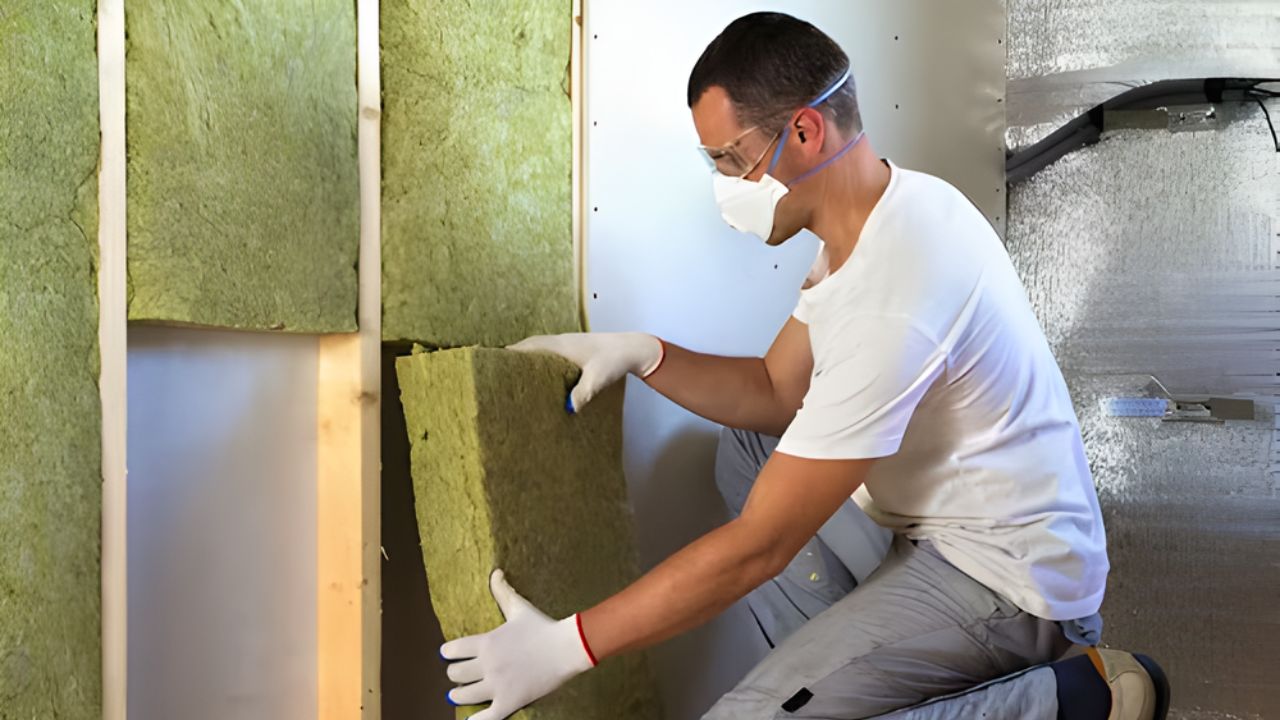You’ll hate the first freeze if you didn’t insulate the rim joists
When that first real cold snap hits, it’s not your thermostat that’s going to betray you—it’s your insulation. You’ll feel it in the draft sneaking through the walls, the icy floors in the morning, and that one room that never seems to warm up. The truth is, insulation problems don’t always look obvious until temperatures drop, and by then it’s too late to fix it comfortably.
The insulation mistake most people overlook

Everyone thinks about attic insulation, but few people check the rim joists—the narrow space where your foundation meets the framing of your house. That little gap is one of the biggest sources of heat loss in older homes and even newer ones that were insulated with the bare minimum.
It’s a tricky spot because it’s out of sight and hard to reach. But when cold air hits the foundation and leaks in around that edge, it chills your floors, walls, and even your ductwork. You can crank the heat all you want, but you’ll still lose warmth through that gap if it’s not sealed.
The quick way to tell if you have a problem
Walk around your home barefoot on a cold morning. If the floors feel colder near the edges of rooms or along exterior walls, that’s a giveaway. Another sign is condensation or frost in the basement or crawl space—warm indoor air hitting that cold uninsulated rim.
In the attic, you can spot issues by looking for uneven insulation or gaps where light seeps through. If the insulation is dusty, thin, or uneven, it’s not doing its job anymore. These small clues usually mean you’re losing heat in ways you can’t see.
The insulation fix that makes the biggest difference
If you can only do one insulation project before winter, seal and insulate your rim joists. That single change can stop cold air from creeping into your floors and reduce overall heat loss by a noticeable margin.
Use spray foam or foam board insulation, not fiberglass batts. Fiberglass can trap moisture and lose effectiveness over time. Foam materials, on the other hand, both insulate and seal gaps, which is exactly what you want in that area.
In the attic, topping off old insulation with a few extra inches of blown-in cellulose or fiberglass can make a world of difference. The goal is an even, thick layer that covers everything without blocking airflow from your soffit vents.
Why this small fix saves you money all winter

Poor insulation doesn’t just make your home cold—it makes your heating system work overtime. Every draft means your furnace or heat pump runs longer to compensate. That extra runtime adds up fast on your energy bill.
Fixing insulation before the first freeze means your house holds heat longer, stays more consistent, and costs less to keep comfortable. You’ll also notice the air feels less “dry” because you’re not blasting warm air 24/7 trying to keep up.
The mistake people make when sealing drafts
A lot of homeowners go wild with spray foam or caulk and end up sealing too tightly in the wrong places. You still need controlled ventilation to keep humidity and indoor air quality in check. The key is sealing around the foundation, attic floor, windows, and doors—not blocking attic vents or trapping moisture inside wall cavities.
If you’re not sure, start small. Focus on obvious leaks and exposed areas first. You can always improve insulation gradually instead of doing it all at once.
Don’t forget your pipes and ducts
Insulation doesn’t stop at the walls. Exposed pipes and metal ductwork lose heat fast, especially in basements, crawl spaces, and garages. Wrapping them in foam sleeves or fiberglass insulation can prevent frozen pipes and help your heating system deliver warm air more efficiently.
Even a few feet of exposed duct can drop air temperature before it reaches the rooms that need it most. That’s why sealing those joints and insulating them before winter pays off in both comfort and cost.
It’s easier to fix now than later

Once that first freeze sets in, everything becomes harder. Foam won’t cure properly in the cold, materials stiffen up, and you’ll be freezing while you try to patch things. Right now, you can get ahead of it. Spend a day checking your basement, attic, and any exterior walls that feel colder than they should.
A few tubes of sealant and some insulation panels can make more difference than replacing your windows or upgrading your thermostat. It’s not glamorous work, but you’ll thank yourself every time you wake up to a warm floor instead of a cold draft.
The comfort you’ll notice immediately
Once you fix insulation leaks, your home will feel steadier. No more icy corners, cold floors, or that one room you dread walking into in the morning. Your heat will run less often, and when it does, it’ll actually keep the temperature where you want it.
So before the next cold front rolls in, take a look at your insulation—especially around those rim joists and attic gaps. Because when the first freeze hits, the last thing you want to feel is regret every time your feet hit the floor.
Like Fix It Homestead’s content? Be sure to follow us.
Here’s more from us:
10 things that make your house feel less welcoming without saying a word
10 Upgrades That Make Your House Look Fancier Than Your Neighbor’s
*This article was developed with AI-powered tools and has been carefully reviewed by our editors.







